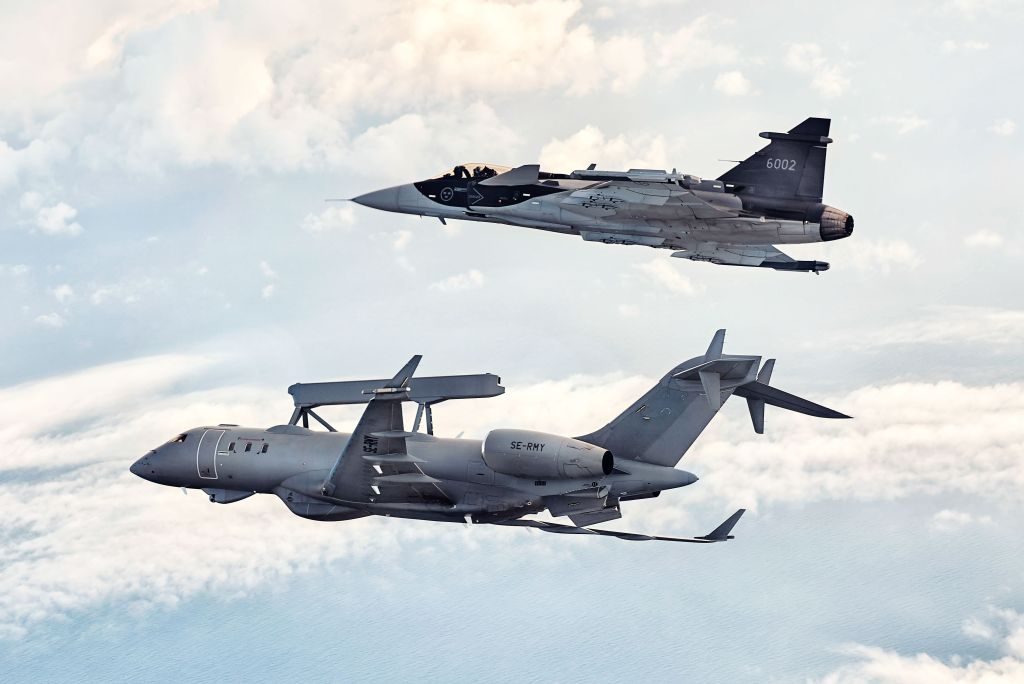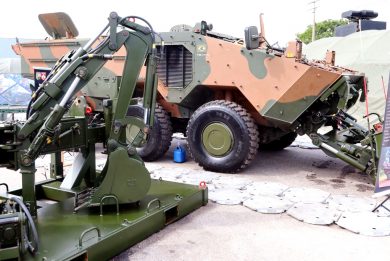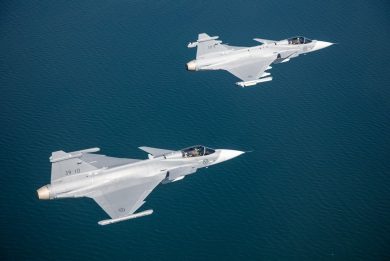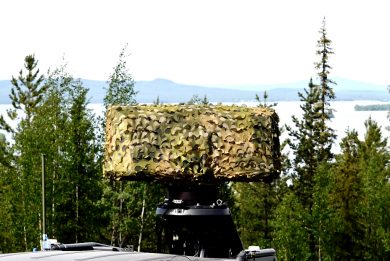
Saab Business Area Aeronautics, today and tomorrow
Following the reorganisation that reduced from six to four the Business Areas within Saab, BA Aeronautics increased its personnel, number of sites and competencies, the BA representing 32% of the Group sales in 2021. Its competencies span on all three major selling items available in the Saab portfolio, the Gripen E, the Global Eye, and the T-7A Red Hawk, although BA Aeronautics is not the prime on all of them, Jonas Hjelm, Senior Vice-President and Head of Aeronautics explains. With the first Gripen Es being delivered to customers and the Globaleye already in service with the United Arab Emirates, two more having been ordered by Sweden, Saab is getting ready for producing the T-7A: “We have ended the last aft of the T-7A programme in Linkoping and shipped it to the United States, and we have finalised our production facility in West Lafayette, Indiana, and we are ready to take off serial production for the Red Hawk,” Jonas Hjelm states, adding that all programmes are now moving from a development phase into a delivery phase.
He also underlines that in a rapid changing world it is vital to be able to continuously adapt the original plan to contingencies, and this is what Saab has been trying to do together with the Swedish Air Force, with the aim to meet new requirements without jeopardising deliveries. “In parallel we think about what’s coming next. For us FCAS is an acronym on which we have been working for 30-40 years, as we are constantly thinking on what will be the requirements beyond existing systems, which opportunities will technology in one, two or three decades allow. We have been living and breathing disruptive thinking ever since we started in the late 1930s and we continue to do that. A lot of things we are doing will never become a product, but they might become a feature in new or existing products,” he says.
To add substance to his words, Jonas Hjelm spoke of one of the developing areas in the aeronautics domain, that of UAVs. “We flew a rather big autonomous air vehicle in 2002-2003 and I think it was a bit too early, as the customer was not really there. We therefore used technologies developed in that experience on other platforms, such as the Gripen E and the Neuron collaboration with Dassault.” Saab does not have today a UAV in its portfolio; “That doesn’t mean we do not work on the technologies and supporting technologies linked to this.” The head of Saab Aeronautics states that the company believes that a Loyal Wingman-type of aircraft with high capabilities is something strongly required by the current battlefield. “But we can’t really the marketplace of today offering anything even close to what we at Saab see as a Loyal Wingman, which is a very highly capable companion for the Air Force. So we see the need, but we have to go on par with the customer,” he adds, Air Forces on that subject being still unclear in terms of operational concepts. “FCAS is not only technology and platforms, it is very much tactics,” he concludes adding that what Saab is considering would not support only Gripen E but also other platforms, current and future.
Back to today systems, Jonas Hjelm foresees potential further orders for the Gripen E from the Swedish Air Force. “I do expect that the Swedish Air Force will need more platforms,” he states, as the current force posture fields 100-120 fighter aircraft. These include the Gripen Es on order, as well as Gripen C/Ds which life is being prolonged. It is difficult to foresee when the C/D models will be decommissioned; “This will bring back the force to 60 aircraft, so pure logics say that more Gripen Es will be required by the Swedish Air Force.”
And this opens the floor to a specific article on the latest version of the Gripen, which will come soon on EDR On-Line.
Photo courtesy Saab



